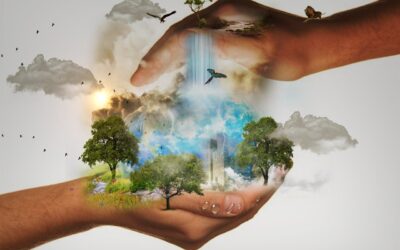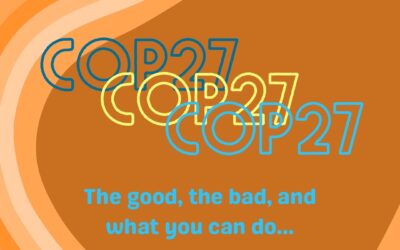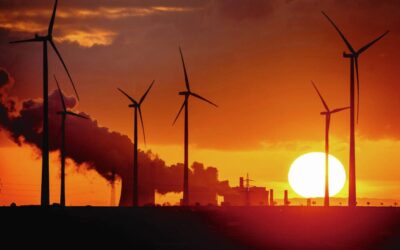Energy, Housing, & Buildings
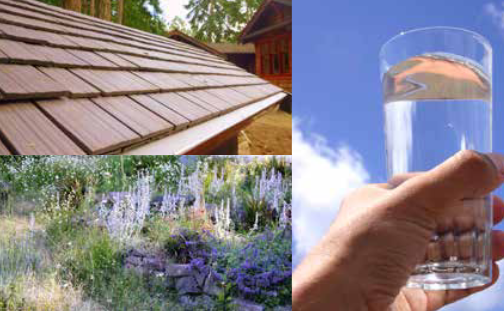
Rainwater Harvesting: Best Practices Handbook
By Regional District of Nanaimo
With the right controls in place, harvested rainwater can be used for irrigation, outdoor cleaning, flushing toilets, washing clothes, and even drinking water. Replacing municipally-treated water or groundwater with rainwater for these uses alleviates pressure on regional aquifers and sensitive ecosystems, and reduces demands on municipal infrastructure.
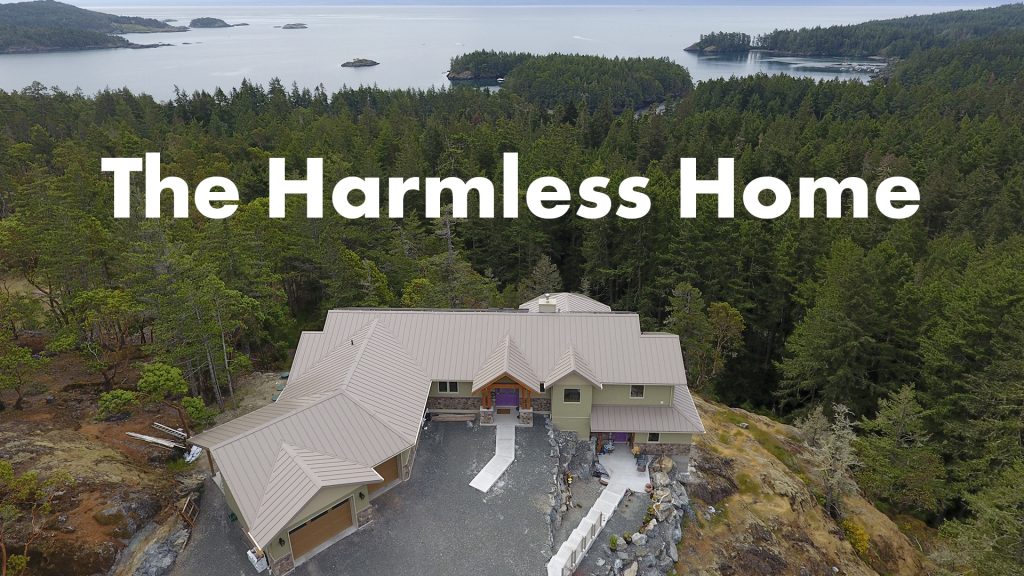
An Eco Building Revolution - The Harmless Home
By Arno Keinonen & Creatively United
It’s now possible to build structures that are carbon negative, fireproof, soundproof, toxin free, earthquake, mold and pest resistant. This video features the first home of its kind in the world. Located in East Sooke on southern Vancouver Island, near Victoria, BC, this eco home showcases what’s possible using Canadian made construction technology and materials.

Internet Connected Building Controls
By Tom Zaban of Reliable Controls
Any building can benefit from internet connected building controls. Reliable Controls VP, Tom Zaban, explains how they provide simple, flexible, and sustainable controls which balance the comfort, efficiency, and greenhouse gas reductions of commercial buildings all around the world.
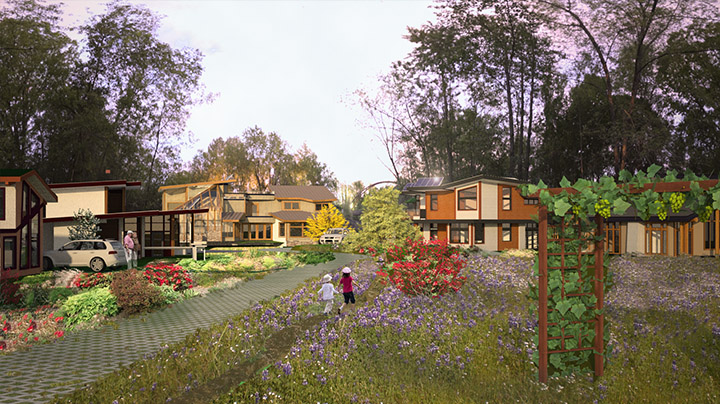
Creating Resilient Green Built Neighbourhoods
By Jack Anderson
Jack Anderson, one of western Canada's leading green building design experts, urban designers and community design visionaries, shares an important Earth Day message that is relevant 365 days a year.
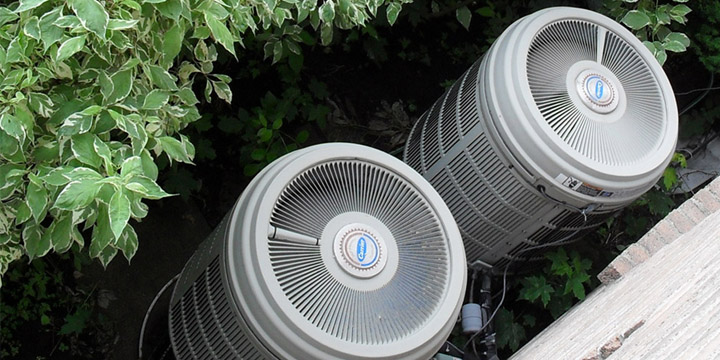
Energy Enhancements by Switching to Heat Pumps
By Don Scott
Individual families can make dramatic reductions in their home’s carbon emissions and easily save significant amounts of money now and into the future. This is not rocket science, but it does require addressing easily identified factors and solving them in a co-ordinated way.
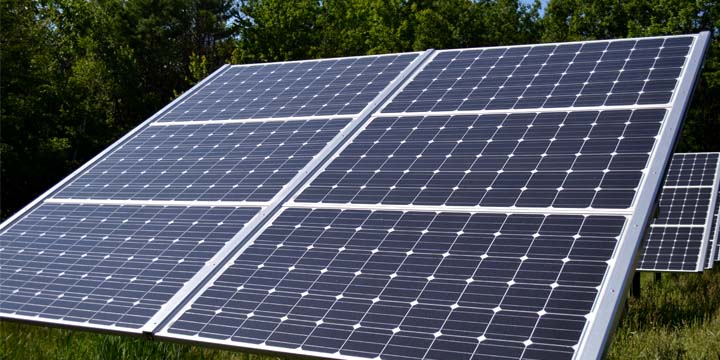
Pathway to 100% Renewable Energy In Saanich
Tom Hackney
Explore a number of informative facts and figures on how it's within reach to make Saanich a 100% renewable energy community by 2050.
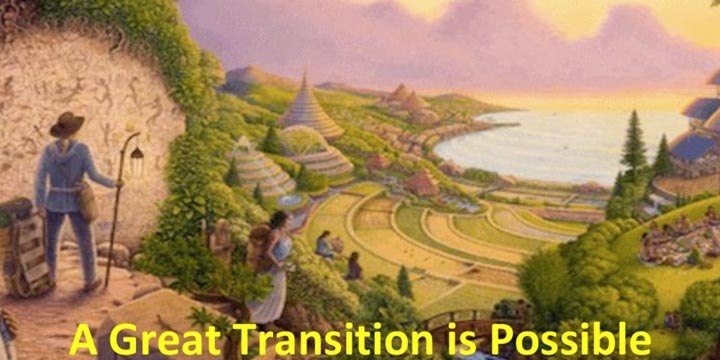
100% Renewable Energy for BC: The Psycho-Politics of Success
By Guy Dauncey
What are the emotional, analytical and engagement needs of champions? What are the barriers, and how can they be overcome?
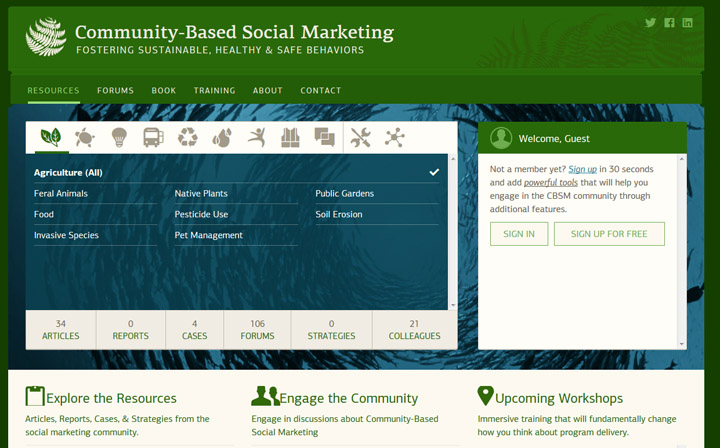
Community Based Social Marketing
Community-Based Social Marketing is helping humanity make this transition more gracefully. The cornerstone of sustainable and healthy communities is behaviour change. Sustainability requires that individuals and businesses engage in diverse actions, such as reducing waste, increasing water and energy efficiency, altering transportation habits, and protecting native species. Healthy lifestyles require individuals to make smart food choices, exercise, avoid smoking and excessive sun exposure, and engage in a myriad of other actions. Learn More

The Benefits of Cohousing
by Michael Tacon of Harbourside Sooke
Michael Tacon is a Cohousing Advocate and President of the Sooke Transition Town Society aka Transition Sooke. In 2011, he co-founded Transition Sooke and is currently in his second term as President. He and his wife Bev were involved in the early stages of the Harbourside Senior Cohousing project in 2012, and moved into their home in 2016.
Reading List
Courtesy of Guy Dauncey
Greening Your Home: Successful Eco-Renovation Strategies, by Thomas Teuven and Laura Parker (2014)
Zero Waste Home: The Ultimate Guide to Simplifying Your Life by Reducing Your Waste, by Bea Johnson (2013)
Greening Your Office – Strategies that Work, by Jill Doucette and Lee Johnson (2014)
Learn From Leading Industry Experts
Watch videos about the many exciting developments in energy systems and eco-friendly building construction
Quick Tips
- Swap out your old bulbs when they go out for LED bulbs
- Unplug unused electronics that use passive energy
- Make draft stoppers for doors and other spaces that let in cold air
- Install solar panels to charge your EV
- Organize an Energuide Home Evaluation
- Use a heat pump for heating/cooling
- Install solar panels
- Use electric baseboard heating
- Use a tankless, heat pump, or solar hot water heater
- Turn off gas fireplace pilot light in summer
- Replace gas appliances with electric
- Install energy efficient lighting
- Improve home insulation
- Install energy efficient windows
- Wash your laundry in cold water
- Install efficient faucets, shower heads, low flow toilets
- Wash your laundry in cold water
- Use a clothesline to dry your clothes whenever possible
- Volunteer for an Eco Committee for your strata/rental
- Make sure your firewood is harvested sustainably
Inspire New Corporate Culture
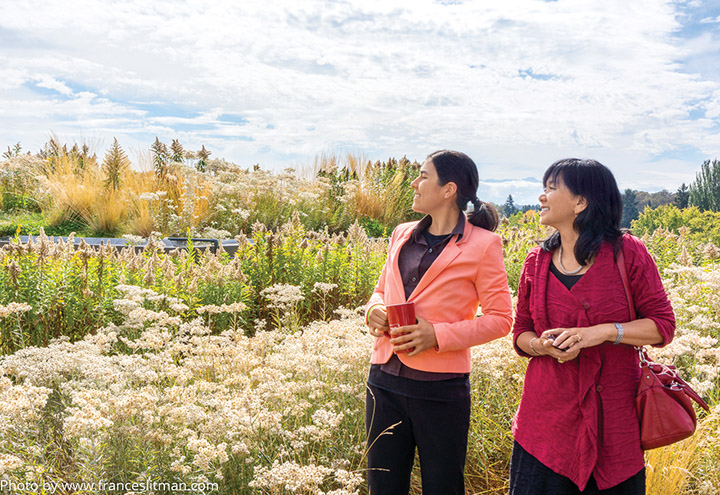
This beautiful green roof is located at Vancity’s Mount Tolmie Community LEED (Leadership in Energy and Environmental Design) Platinum Certified branch at 100-1590 Cedar Hill Cross Road in Saanich, BC. The building, owned by Tri-Eagle Developments, is also LEED Gold certified.
Institutions like Vancity are re-defining and inspiring a new corporate culture by being committed to building healthy communities and improving the well-being of their members and staff. As a financial cooperative, they leverage financial tools and resources to support community organizations, not for profits and businesses that share the values of building a more equitable future with a reduced impact on our environment.
They invest internally and externally in green building projects; transportation solutions; green products and services; and clean technologies like waste, water, including energy efficiency and renewable energy. Their leadership in reconciliation, socially responsible investment options (fossil fuel free), and programs like their Vancity enviroFUND (an impact investment program focused on Lighter Living for organizations who want to lighten their ecological footprint and advance sustainable lifestyles) are just a few examples of how they continue to challenge the status quo.
Do you feel inspired? Contribute to making this the norm at your workplace by taking the lead to encourage change. Set-up systems to reduce waste, energy use, and encourage lower carbon transportation and consumption to help your staff and community live lighter.
Start conversations with people you know. Exchange ideas to explore the impact of food, transportation, goods, housing, leisure and personal well-being on your daily lives. Understand the context for change for your organization and to start action. You may find that you already have more allies than you expect. By supporting local businesses and organizations doing the same, everyone wins.
Celebrate Dark Skies
Dark Sky International is a worldwide non-profit organization that offers education and solutions for combating light pollution both residentially and commercially. Many institutions are now adopting Dark Sky compliant lighting.
Programmable controls make it easy to turn off lights and maximize the energy saving benefits of heating, cooling, and ventilation systems. One west coast company leading the way with integrated building controls, has sustainability rooted in all aspects of their corporate culture.
Reliable Controls is a multi-award winning firm that offers simple, flexible, and sustainable controls which balance comfort, efficiency, and reduce greenhouse gas emissions of commercial buildings all around the world.
Unlike other manufacturers, their products have been intentionally designed to be backwards compatible, and are designed, produced, and manufactured at their Victoria, B.C. main headquarters.
The quality of their products and services, has earned Reliable Controls the reputation and brand recognition of having the most satisfied customers in the building automation industry.
Combat Light Pollution & Reduce Energy Costs
When we think of pollution, we tend to think of air, water, and land pollution. However, light pollution is often overlooked, and is having serious environmental impacts on humans, wildlife, and our climate.
“The introduction of artificial light probably represents the most drastic change human beings have made to their environment,” according to research scientist Christopher Kyba. “Near cities, cloudy skies are now hundreds, or even thousands of times brighter than they were 200 years ago.”
In addition to disrupting natural sleep-wake rhythms, glare from artificial lights is having devastating effects on many bird species, sea turtles, trees, insects, and amphibians.
Every year millions of birds die colliding with needlessly illuminated buildings and city towers due to artificial lighting. This can also cause birds to migrate too early, or too late, and miss ideal climate conditions for nesting and foraging.
Solutions include switching to motion activated, sensor controlled lighting that only comes on when and where it is needed. Lights can be shielded, pointed downwards, and made to be no brighter than is necessary to maximize their effectiveness. Blue light can be minimized to prevent confusing artificial light for daylight.
Did you know there are people who have never seen stars in the night sky due to excessive artificial light pollution?
Support Sustainable Neighbourhoods

What does the community of your dreams look like to you? Imagine how it would look, smell, taste, sound and feel. Imagine living in a cozy, quiet, energy-efficient home, in an active and inclusive neighbourhood where the cost of your monthly utility bills are a fraction of conventional rates, food gardens and nature surround you, walking, biking, car and tool sharing are the norm and your neighbours truly know and support you?
Imagine members of this community having opportunities for economic exchange and support with skill sharing and time banking. Perhaps more importantly, the community will focus on creating deep resilient social connections while providing a wide array of shared activities. All of this in a community made of diverse groups of people that allows residents to live life fully regardless of age, education or other background differences.
This is the vision of a Vancouver Island father and his young son for a neighbourhood in the Cedar area of Nanaimo. They are bringing action to their intention, with the creation of what could become one of the most ecologically sound, livable, cost effective, friendly communities in the world, setting an example for what’s possible internationally.
In addition to social benefits, it will have independent self-sustaining systems for water, heat, electrical, sewer and food production, plus long term cost savings that benefit both the planet and residents. Inspired about what’s possible?
Visit Futures Forward to learn more.
Harvest Your Own Fresh Water Supply
Water is a finite resource that we often take for granted. To survive, humans need a reliable freshwater source. Increased population density in our communities puts pressure on streams, lakes, and aquifers for meeting our water supply needs.
Rainwater as an alternate source reduces the pressure on these water sources by returning it locally through outdoor uses or an onsite wastewater treatment system.
During a rainstorm, much of the rainwater runs off as storm water especially in urban areas with impermeable surfaces. On small coastal islands, as much as 80% of rainwater is lost as runoff to the ocean due to lack of soil absorption and infiltration. Rainwater harvesting systems allow us to capture fresh water and store it for later use.
Rainwater harvesting can:
1) Reduce the strain of increasing development on conventional freshwater sources like community water systems and aquifers, especially in dry seasons when water use is high demand. These rainwater harvesting systems typically meet outdoor water needs for watering plants and gardens (irrigation).
2) Provide the primary water supply to private homes and businesses in rural areas instead of a well – especially where:
- there is no other readily available fresh water source
- groundwater yields are too low to fulfill water needs (combined system of groundwater and rainwater)
- traditional systems may be far more expensive to install
- groundwater has naturally elevated salt or metal content
- traditional resources have become contaminated.
3) Reduce storm water flooding and resulting erosion by collecting and storing the rainwater for later use (active harvesting) or by intercepting runoff, slowing it down, and letting it infiltrate into the ground (passive harvesting).
Remember that all the water on our planet is ALL that we have.
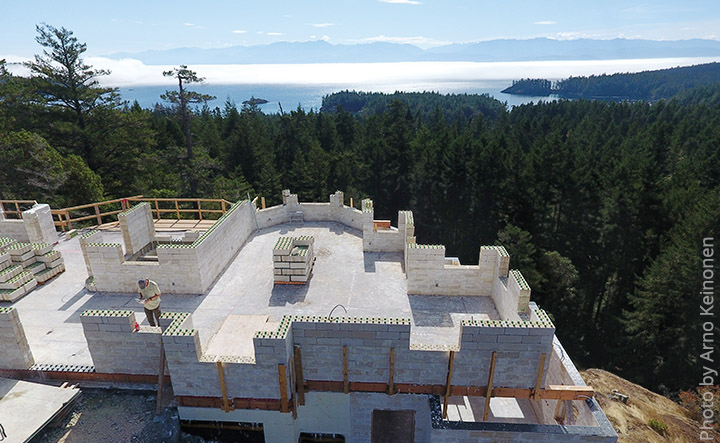
Create An Eco Building Revolution
Did you know it’s now possible to build structures that are carbon negative, fireproof, soundproof, non-toxic, earthquake, mold and pest resistant, air permeable, can mitigate electromagnetic frequencies (EMF), have an extremely long lifespan, don’t require timber framing or vapour barriers, and are energy efficient with insulation values well beyond current standards?
Creatively United has produced a short documentary about the first home of its kind in the world called A Home Building Revolution – The Harmless Home.
Located in East Sooke on southern Vancouver Island, near Victoria, BC, this video showcases what’s possible using Canadian made construction technology and materials.
Made from industrial hemp and lime, the sequestration of carbon begins in the field and carries on through the entire manufacturing process and build. Less water, energy, money, and resources are required to create these buildings that can last hundreds of years and drastically reduce construction waste.
Hemp and lime have been used together for centuries, with the Pyramids and Great Wall of China attesting to its longevity. What makes this technology truly revolutionary is not just the impressive list of benefits it offers, but that it provides solutions for climate change, opportunities for a construction revolution and simultaneously supports Canadian hemp farmers and farmland preservation.
Create Your Own Power
Thanks to the sun, solar energy is the cheapest and most abundant clean energy source in the world. It can provide power 24 hours a day, 7 days a week.
A Few Solar Facts:
- As long as there is light in the sky, solar will be a viable energy source.
- There’s enough solar energy hitting the Earth every hour to meet all of humanity’s power needs for an entire year.
- Solar photovoltaic (PV) systems don’t produce noise or chemical pollution while generating electricity.
- Solar is extremely safe and there is virtually no risk of chemical leaks, explosions or fire, unlike other energy sources.
- Solar PV systems don’t have moving parts and are very low maintenance, with panels lasting more than 40 years.
- Solar energy helps reduce Green House Gas (GHG) emissions, saves money and energy, plus supports local, clean energy jobs.
- Solar panels combined with batteries that store excess energy can provide completely independent – “off the grid” – electricity that is not reliant on other energy sources and can be used when there is no sunlight.
- Innovation and competition in the electricity storage space (including Tesla, LG, and Mercedes) has seen battery costs drop dramatically.
- Solar Energy is cheaper than fossil fuels and grid electricity. Solar energy costs as little as 4.3 cents per kWh on an unsubsidized basis, cheaper than nearly every option for new fossil-fuel power plants. The cheapest fossil fuel option is natural gas, which costs between 4.2 and 7.8 cents per kWh. Source: Lazard’s Levelized Cost Of Energy Analysis – Version 11.0
- In addition to reducing energy costs, solar PV systems enhance the resale value of houses and buildings, allowing owners to recoup some, if not all, of the cost associated with installation.
- Not only can solar energy power trains, cars, trucks, and even space stations, but in 2016 Swiss pilot and professional explorer, Bertrand Piccard, flew a solar-powered plane around the world with no additional power source other than the sun to demonstrate what is possible.
- Solar is the fastest and most resilient energy source to deploy. When disaster strikes, no electricity source can be built or repaired as quickly as solar.
Sources: CarbonTrack.com
Pair Up With Community Non-Profits
Connect with organizations that share your values.
Community Blog Posts
The Great Transition – Which Future Are We Living In?
The Great Transition scenarios, detailed in the 2022 Great Transition essay, stand the test of time. All six are alive and well, not as scenarios...
Why can’t we use the ‘F’ words?
Courtesy of the Times Colonist Photo: Young activists lobby world leaders at the COP27 United Nations Climate Summit in Sharm el-Sheikh, Egypt, this...
Ecological sanity and social justice — we can’t have one without the other
More than 40 years ago, in my major paper for my master’s degree, I sought to identify the fundamental principles underlying public health. I concluded there are two: ecological sanity and social justice. The pursuit of these principles has defined much of my work to create a healthier society ever since.
Canada must stop digging a deeper climate-crisis hole
UN Secretary-General Antonio Guterres warned last month the world is in “a life-or-death struggle” for survival as “climate chaos gallops ahead,” while the World Health Organization calls climate change “the single biggest health threat facing humanity.”
COP27: The good, the bad, and what you can do
What is COP27? COP27 is the 2022 United Nations Climate Change Conference aka the Conference of the Parties of the UNFCCC, the 27th COP conference...
As UN climate summit begins, not much good news, but room for hope
One of the five great turnarounds proposed in the recent Earth For All report to the Club of Rome is the energy turnaround. So with COP27 — the annual UN conference on climate change — opening in Egypt, this is a good time to look at this issue.
